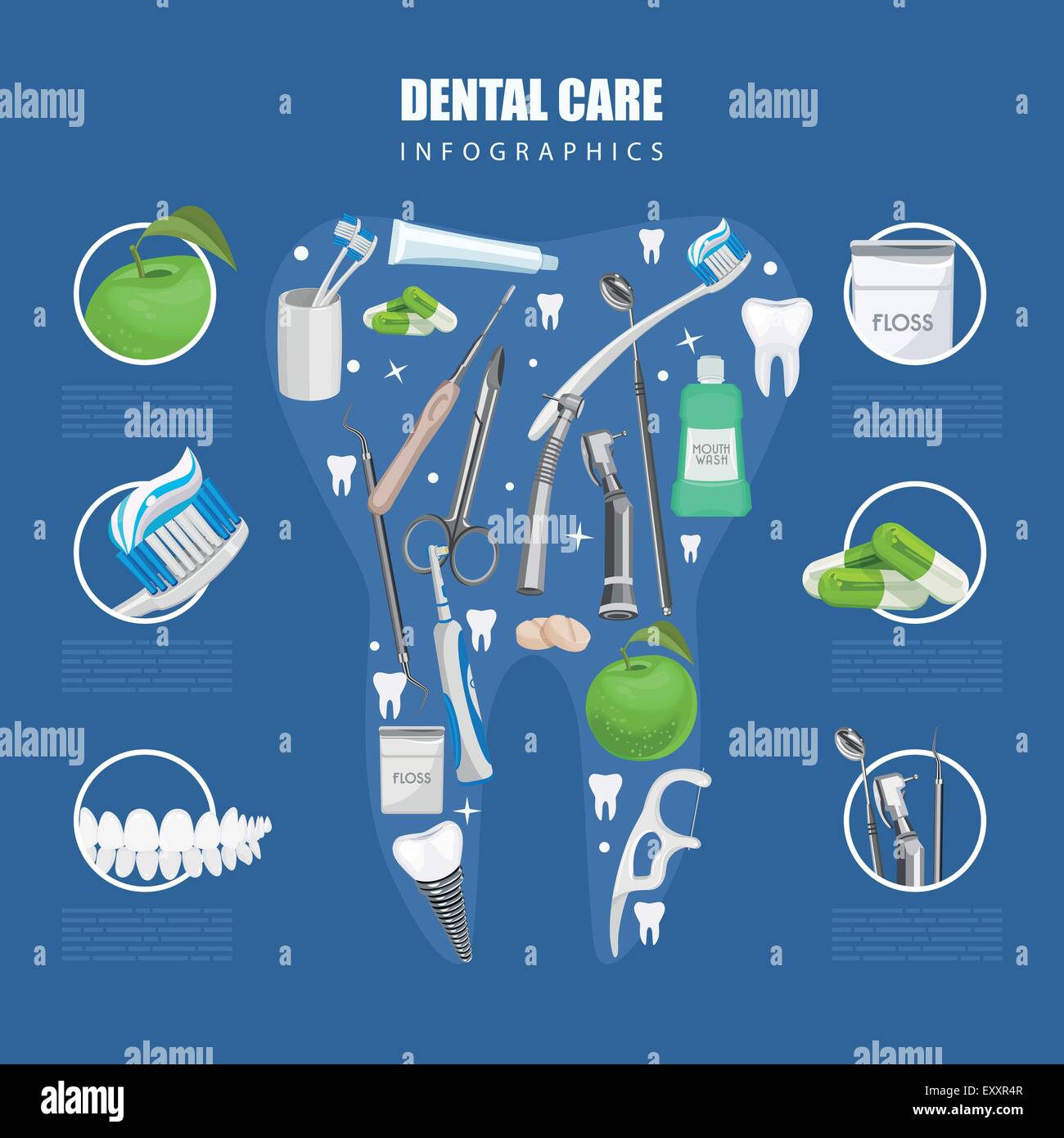Explore The Pioneering Developments That Are Transforming The Landscape Of Oral Surgery. Investigate The Future Of The Area And Guarantee You Stay At The Forefront. Click Currently For A Sneak Peek Of What Is To Come
Explore The Pioneering Developments That Are Transforming The Landscape Of Oral Surgery. Investigate The Future Of The Area And Guarantee You Stay At The Forefront. Click Currently For A Sneak Peek Of What Is To Come
Blog Article
Web Content By-Borg Maloney
Invite to the globe of dental surgery, where innovations and breakthroughs are shaping the future of the field! In this interesting realm, you'll witness the transformative power of robotics, the cutting-edge marvel of 3D printing, and the game-changing effect of minimally intrusive strategies.
The future of dental surgery holds a guarantee of precision, effectiveness, and improved individual results. With https://abcnews.go.com/Health/Wellness/wisdom-tooth-surgery-wise/story?id=15152980 of sophisticated robotics, doctors are able to perform complex procedures with better precision and control.
3D printing modern technology is changing the production of dental implants and prosthetics, providing tailored options that fit perfectly right into each individual's special composition.
Furthermore, minimally intrusive methods are reducing post-operative pain and recovery time, enabling patients to return to their lives earlier.
Get ready to discover the amazing developments and breakthroughs that are reshaping the landscape of oral surgery!
Developments in Robotics
One major innovation in dental surgery is the use of robot modern technology, which enables specific and effective procedures. With the help of robotic systems, oral surgeons have the ability to perform intricate surgeries with improved precision, reducing the threat of human mistake.
These robotic systems are outfitted with sophisticated imaging modern technology and accurate instruments that enable cosmetic surgeons to navigate via detailed physiological structures effortlessly. By utilizing robot technology, cosmetic surgeons can accomplish greater medical accuracy, resulting in boosted client end results and faster recovery times.
On top of that, making use of robotics in oral surgery enables minimally invasive treatments, reducing the trauma to bordering tissues and promoting faster healing.
3D Printing in Oral Surgery
To improve the field of dental surgery, you can check out the subtopic of 3D printing in oral surgery. This cutting-edge innovation has the prospective to revolutionize the means oral specialists operate and deal with patients. visit the following internet page are four crucial methods which 3D printing is shaping the area:
- ** Custom-made Surgical Guides **: 3D printing allows for the production of highly precise and patient-specific medical guides, boosting the precision and performance of treatments.
- ** Implant Prosthetics **: With 3D printing, oral doctors can produce tailored implant prosthetics that flawlessly fit a person's one-of-a-kind makeup, resulting in better end results and patient fulfillment.
- ** Bone Grafting **: 3D printing makes it possible for the manufacturing of patient-specific bone grafts, decreasing the requirement for conventional grafting methods and improving recovery and recovery time.
- ** Education and learning and Training **: 3D printing can be made use of to create reasonable surgical designs for educational purposes, enabling oral surgeons to exercise complex procedures prior to doing them on people.
With its possible to boost accuracy, customization, and training, 3D printing is an amazing advancement in the field of dental surgery.
Minimally Intrusive Techniques
To additionally advance the field of dental surgery, welcome the possibility of minimally intrusive methods that can greatly benefit both specialists and clients alike.
Minimally more info here are reinventing the field by decreasing surgical injury, minimizing post-operative pain, and speeding up the healing procedure. These methods entail utilizing smaller cuts and specialized tools to do procedures with accuracy and efficiency.
By utilizing advanced imaging modern technology, such as cone light beam calculated tomography (CBCT), doctors can properly intend and carry out surgeries with minimal invasiveness.
Additionally, the use of lasers in dental surgery allows for accurate tissue cutting and coagulation, resulting in lessened bleeding and lowered healing time.
With minimally invasive techniques, individuals can experience quicker healing, lowered scarring, and enhanced outcomes, making it a vital facet of the future of dental surgery.
Conclusion
So, as you can see, the future of dental surgery is extremely promising, with exciting innovations and breakthroughs shaping the area.
From the improvements in robotics to the use of 3D printing and minimally invasive methods, dental doctors are reinventing the means they supply care.
While some might bother with the possible price connected with these advancements, it's important to keep in mind that these technologies inevitably enhance client results and minimize healing time, making them well worth the financial investment in the future.
